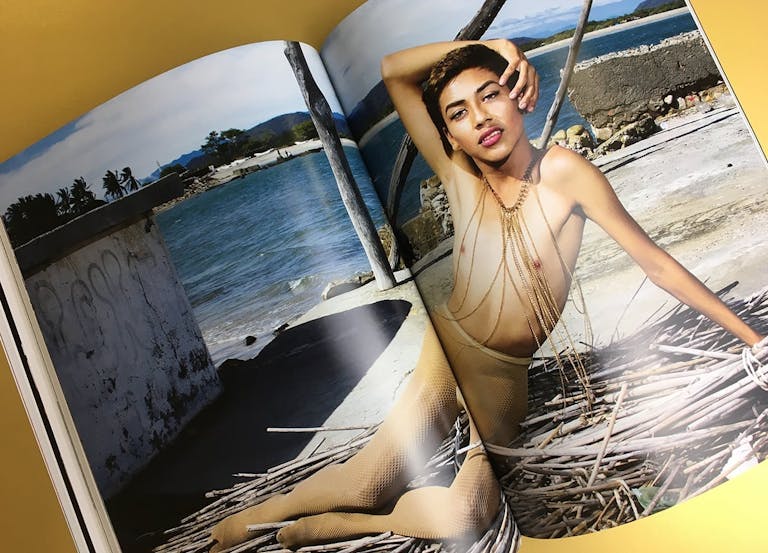Meet the makers in Woven magazine
Driven by the idea that creativity should have more weight than consumption, and that people should be prioritised over products, Woven is magazine about makers and thinkers. Inspired by the creative individuals around them, Christi and Jeremy Barnes started their website to present interviews, photography and videos that tell honest, intimate stories of these makers. Their beautifully made magazine was a logical next step.
We were completely smitten by their third issue, which is themed around creatives that reflect in their work the time we’re in today. Read on for editor Christi’s highlights…
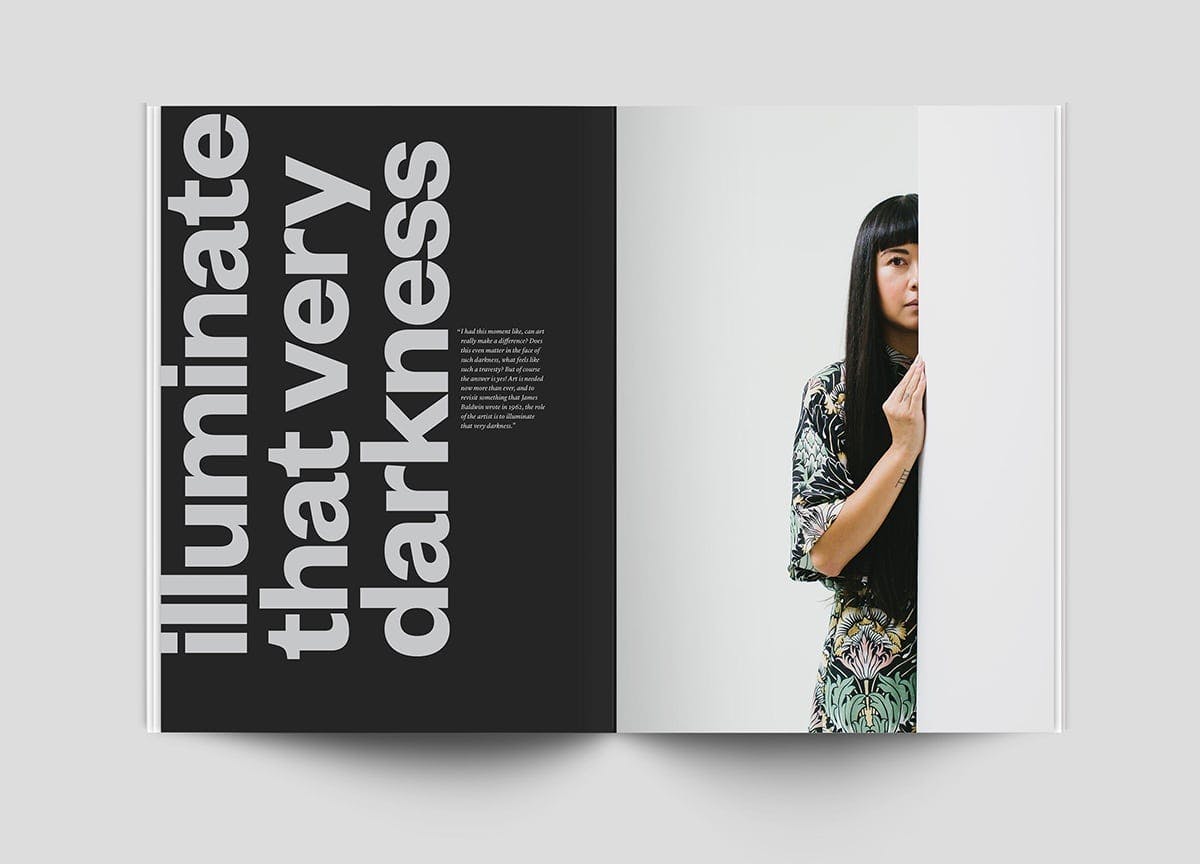
1. Behind our cover shot
There are so many reasons why we chose Bee Walker for the cover of this issue. One, this portrait spoke to a value for diversity not often heralded in the maker community as it has been in other creative circles. We also wanted to call attention to the serious tone of storytelling that we’ve adopted, and felt like this more painterly and intimate portrait of Bee spoke to the way that we tend to tell very honest and personal stories. We think this portrait evokes a softness and a desire to know more, to learn and go deeper than you might otherwise.
2. Abandoning culture with Rog and Bee Walker
In their feature, Bee and Rog (below) talk about turning the clock back on their tools and adopting the pace of film photography. They speak on abandoning a culture of doing work you don’t love to afford to do work that you do, and rejecting social media as any gauge for success. For Rog, photography is about making art, attaining a status of the greats they admire. He said, “I want to create art, and that requires creating something in front of the camera rather than just pointing it at things. For a lot of people photography is fun, but for me it’s something I want to be the best at.”
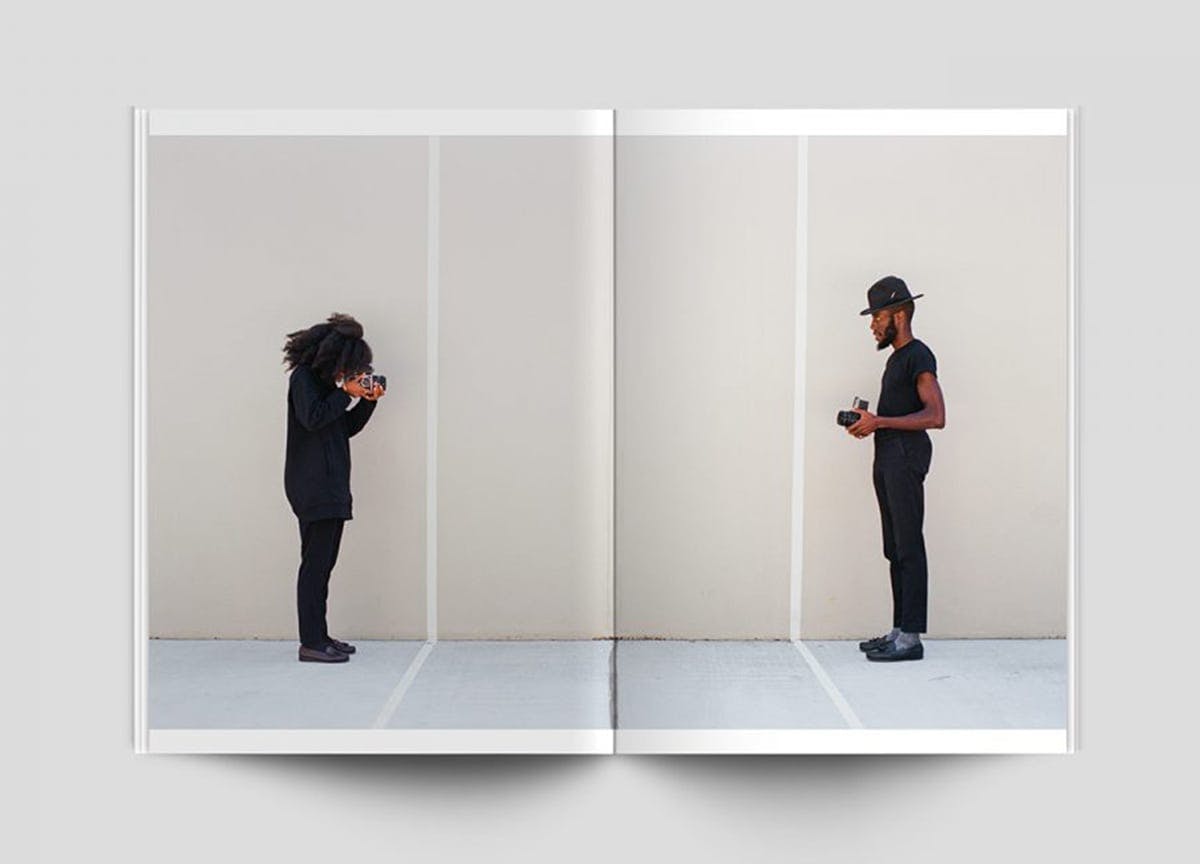
2. A deep view of time with Doug Johnston
In our interview with Doug Johnston, architect turned sculptor, he describes how transforming a two dimensional line into a three dimensional object has become his life’s work. His perspective is an interesting take on our human relationship with objects in general, and how creating them is more like creating new life, rather than the production model we’ve come to accept. The interview also became a fascinating lens to see the makers’ movement as a whole, by stepping outside of time as he does in his work, and making connections between its beginning, its influences, and where it’s going next.
3. Fitting in / Fitting in our own skin with public artist Kyle Steed
Illustrator/artist Kyle Steed (below) established one of the great themes of this issue, that when he experiences public art, he’s struck by “how much bigger it is than me, and that’s true of art itself. It’s bigger than all of us.” Kyle shares the exceptional vulnerability he’s invited into his process by working from home around his two young daughters and breaking down the walls between his professional and personal lives — something we hit again and again in the issue. Kyle’s story is so relatable because he’s honest about every step he’s taken, forward and back. He recounts moments in his career that marked him, moments when he was at a dead end job or in the Air Force, that he decided “this cannot be it for me.” His story revolves around learning to get out of your own way, and be comfortable in your own skin as a person and an artist.
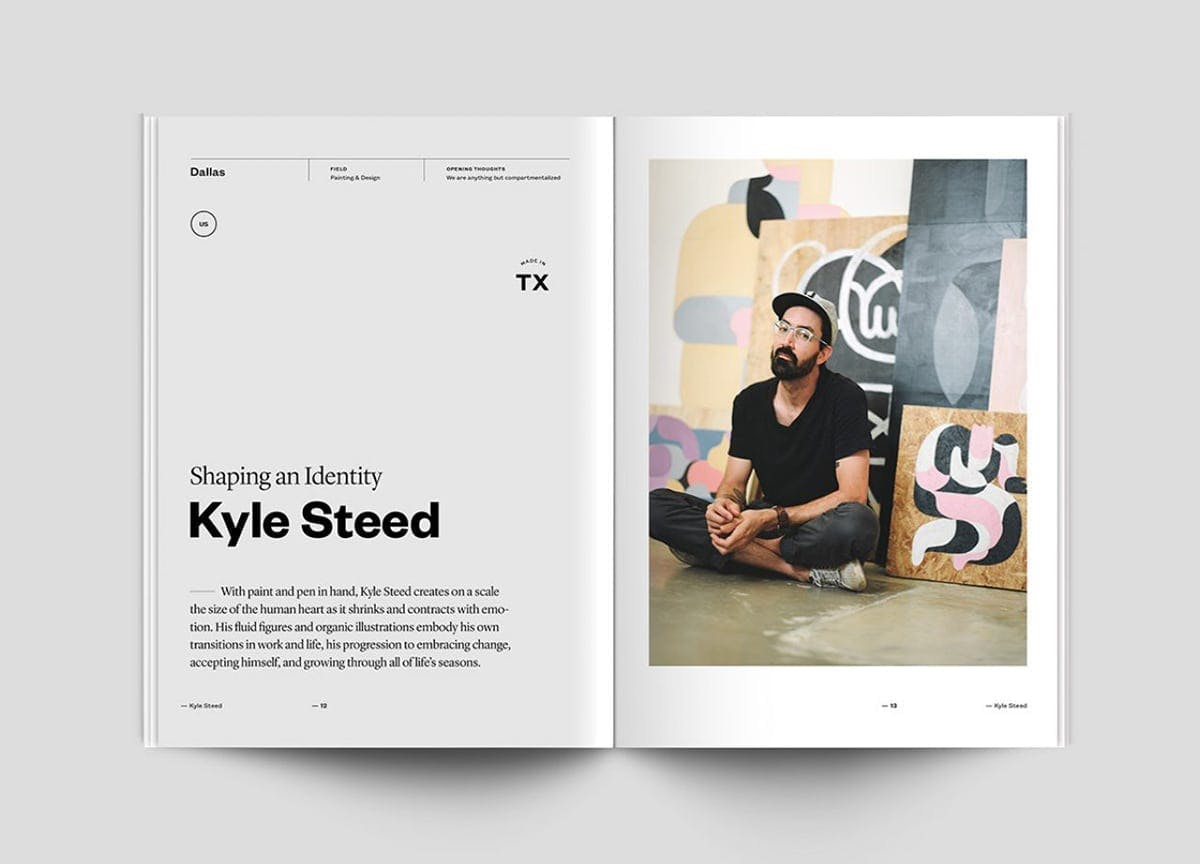
4. Chromophobia and the art of the still life
The short essays in this issue are, in retrospect, very much derived from our obsession with social media culture. Chromophobia takes its name from David Batchelor’s essay on our apparent fear of colour as a pollutant of purity. In a few short paragraphs we ask how this obsession with white and minimalism in general became the dominant fashion on Instagram and elsewhere, proposing that the textures of life make a comeback. ‘The Art of the Still Life’ considers why our Instagram feeds look increasingly like classical still life paintings and why they represent common threads between creatives across the centuries.
5. Illuminating the darkness with an art educator and activist
Canadian born but creatively labouring (as she prefers to call it) in Chicago, Jen Delos Reyes and our interview with her is so holistically Woven. She touches on themes of art, activism, education, justice, and creative work as an agent of social change in a way that we could never have encapsulated so succinctly. One of my favourite moments with her is questioning whether or not the great assumption of her career — that art is meant to make a difference — could be true in the face of hatred and darkness she saw in the world. Her response was actually a reference to a quote from James Baldwin in 1962, that the very role of the artist is to “illuminate that very darkness.” Her career and story are spent in doing just that, learning to work in a deeply fulfilling way.
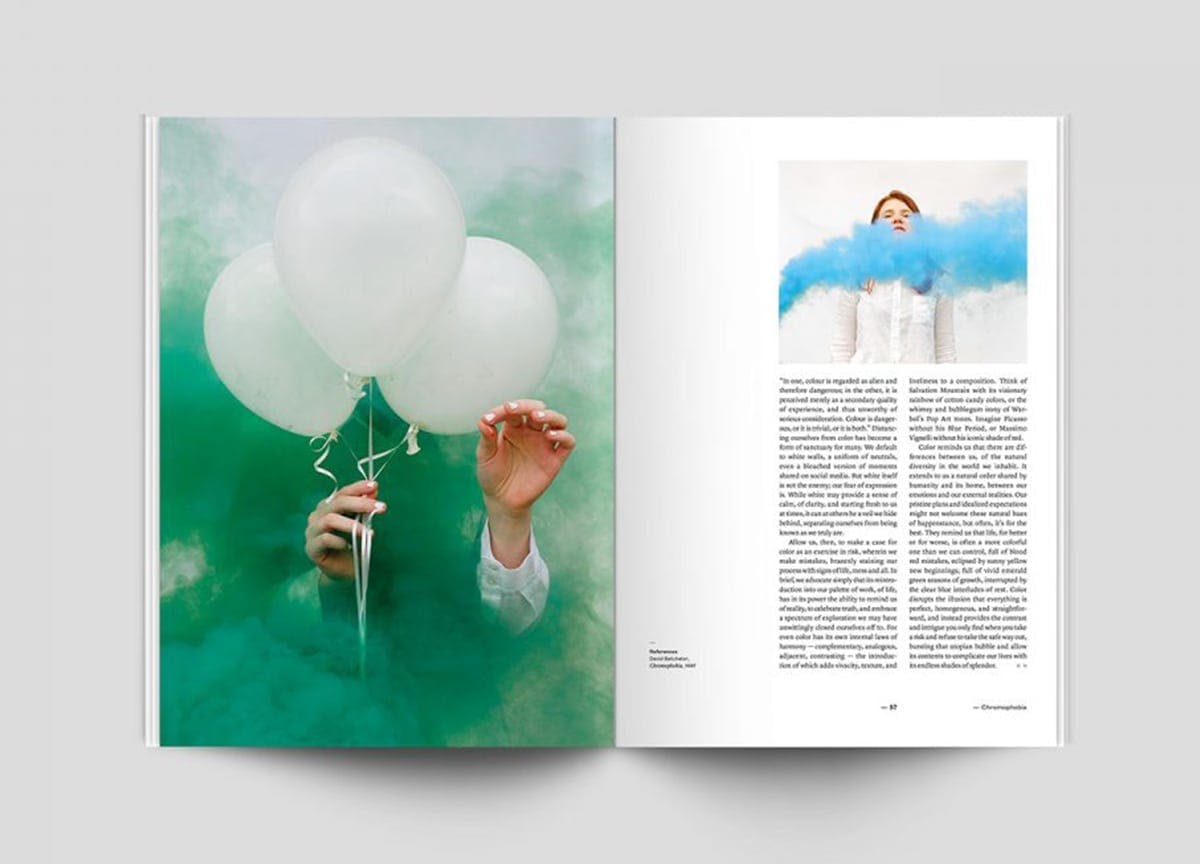
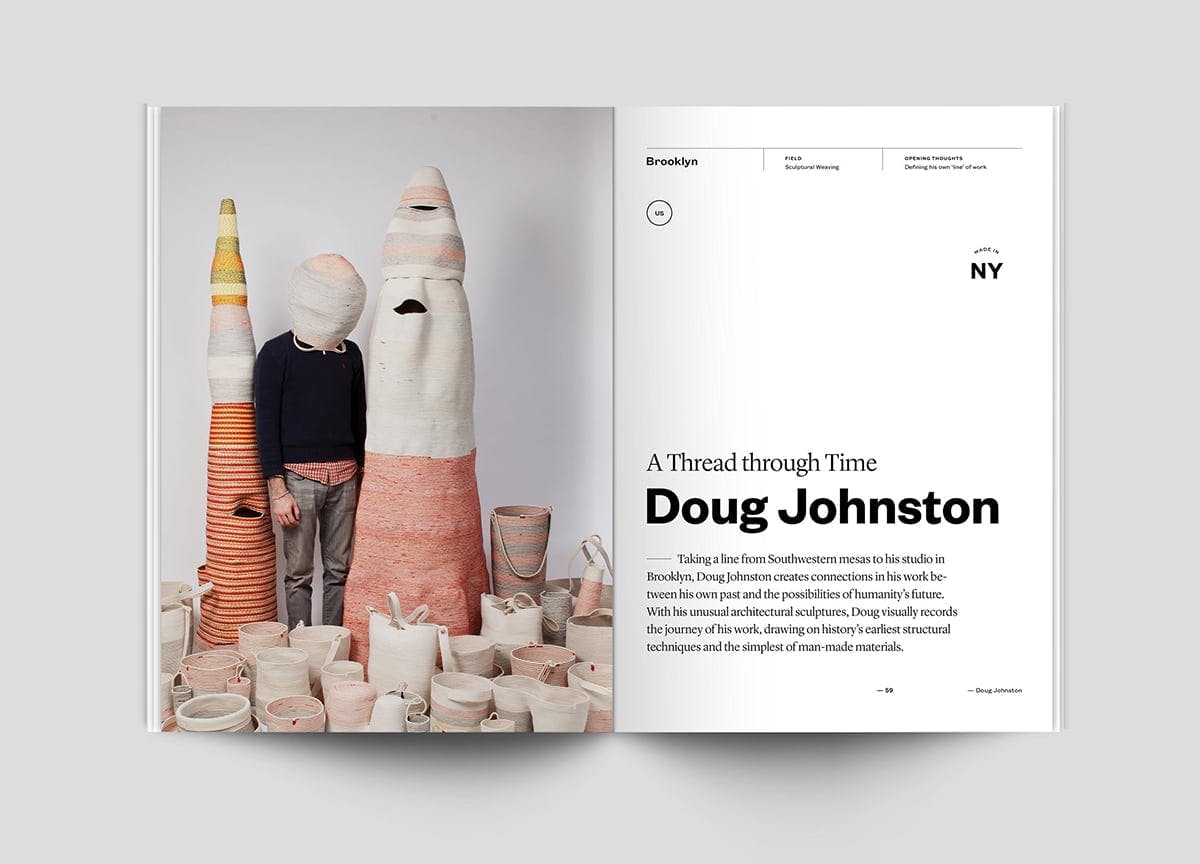
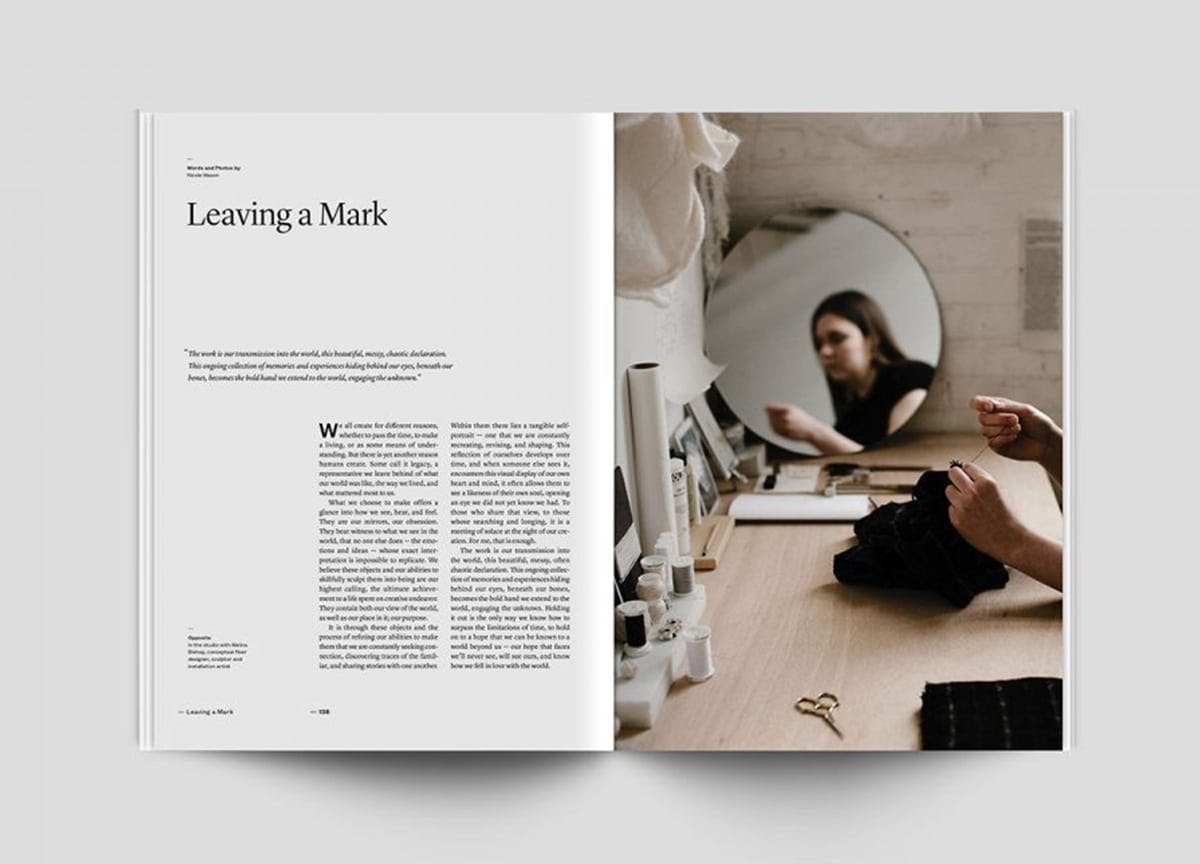
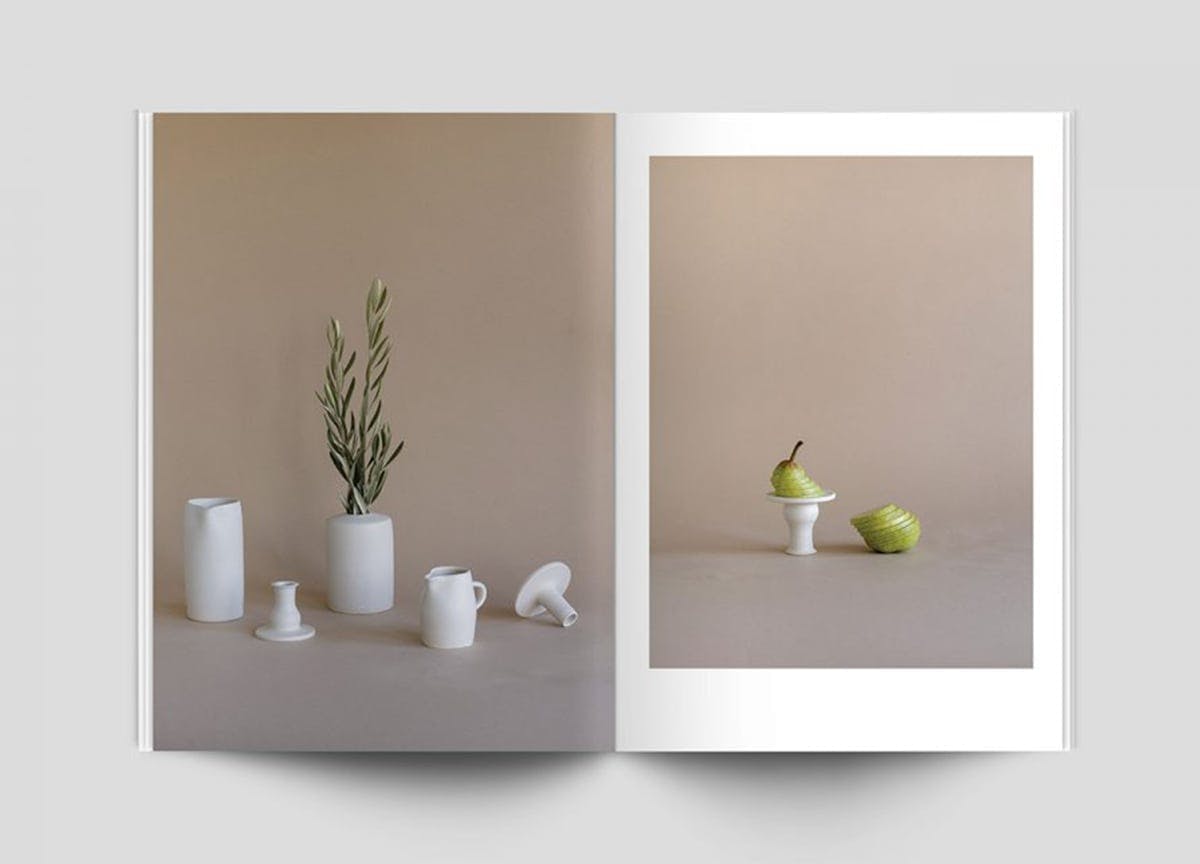
—
Stay updated with the best new design magazines and beyond — Sign up to Stack and we’ll deliver our favourite independent publishing to your door





